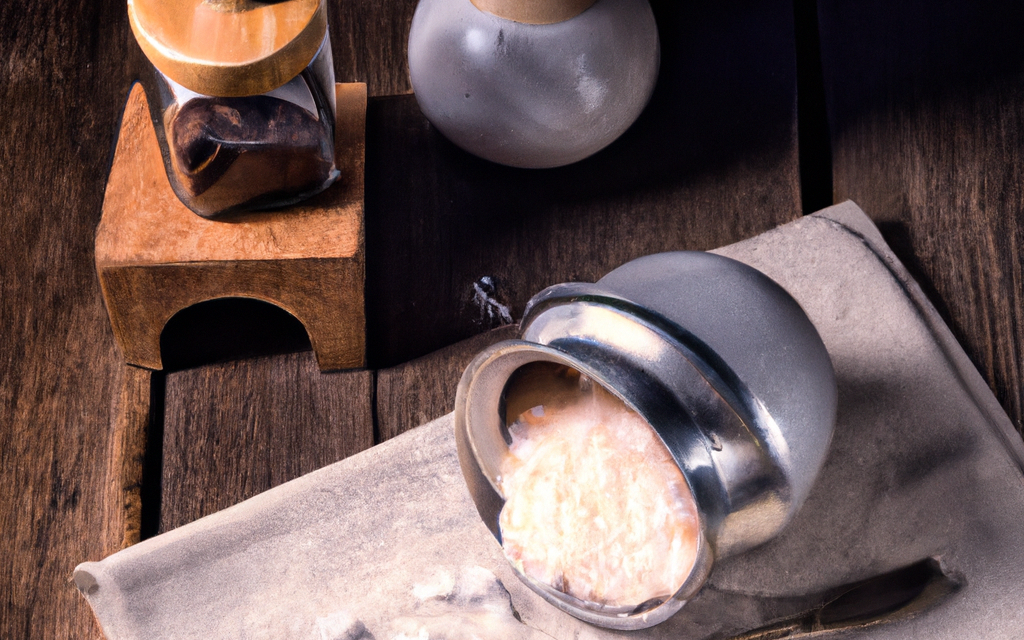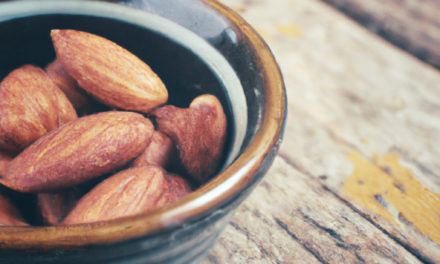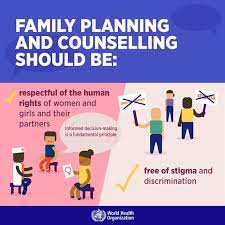Did you know that sodium, a key component of salt, is a major contributor to high blood pressure and other cardiovascular issues? For most Americans, sodium intake significantly exceeds recommended levels, putting many at risk for heart disease and stroke. The U.S. Food and Drug Administration (FDA) is working to make it easier for families to reduce their sodium intake by collaborating with the food industry to lower sodium levels in processed foods and restaurant meals.
The statistics are concerning: over 70% of the sodium consumed in the U.S. comes from processed foods and meals eaten out. On average, Americans consume about 3,400 milligrams (mg) of sodium per day—more than 50% higher than the recommended limit of 2,300 mg for individuals aged 14 and older. High sodium intake is linked to high blood pressure, a condition affecting nearly half of the U.S. population, with even higher rates—almost 60%—among Black adults.
Reducing sodium is crucial not only for adults but also for children and adolescents, who often develop unhealthy eating habits that persist into adulthood. The good news is that there are practical steps you can take to lower sodium intake and improve your family’s health.
Steps to Cut Down Sodium in Your Diet
- Reduce High-Sodium Foods
Foods such as deli meat sandwiches, pizza, burritos, and tacos are high in sodium. Whether cooking at home or dining out, be mindful of sodium content. If you’re dining at a chain restaurant, ask for nutritional information and select lower-sodium options. - Compare Sodium Levels
Check the sodium content of foods before purchasing. The FDA’s research shows significant variation in sodium content across similar products. For instance, breads can contain anywhere from 200 mg to more than 700 mg of sodium per 100 grams. Choosing lower-sodium options can make a big difference. - Monitor Daily Sodium Intake
The Daily Value (DV) for sodium is a useful guide. Foods with 5% or less of the DV per serving are considered low in sodium, while those with 20% or more are considered high. Aim to stay under the DV to maintain a heart-healthy diet. - Use Herbs and Spices
Expand your culinary horizons by seasoning foods with herbs, spices, and no-salt seasoning blends. These alternatives add flavor without increasing sodium levels.
Why It Matters
Excessive sodium intake is a significant risk factor for high blood pressure, which in turn increases the likelihood of heart disease and stroke. With 90% of Americans consuming too much sodium, reducing intake is vital for public health. By making informed choices, you can take control of your sodium intake and contribute to better heart health for yourself and your family.
For more information and tips on reducing sodium, visit the FDA’s resources on sodium in your diet.











